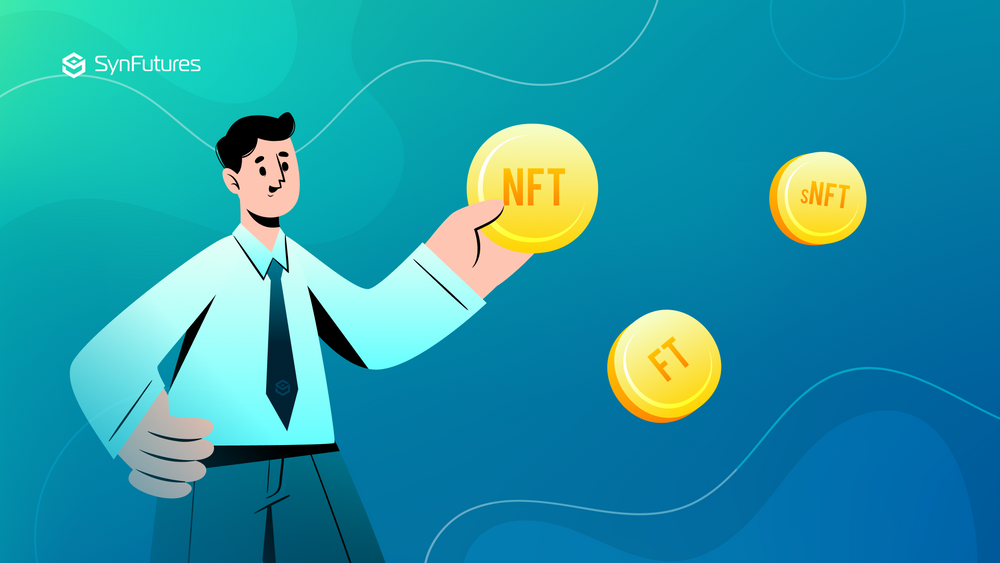Table Of Content

The effectiveness of design tokens relies on clear naming conventions that accurately reflect their usage. Category/Type/Item (CTI) naming conventions can optimize tokens hierarchically and facilitate more accurate design decisions. However, to use this naming convention, you need to know how to distinguish between global and alias tokens.
Themed vs. Neutral Base Components
It’s a product serving products”, argues Nathan Curtis, the founder of UX agency EightShapes. Welcome to the first chapter of a four-part series on advanced strategies for crafting a design token library that’s both effective and scalable. Token names follow a strict naming convention that communicates when and where this token is supposed to be used without having to look at its underlying value. A big upside of this is that it reduces duplicate code to an absolute minimum.Complicated nestings/hierarchies/groupings aren’t a problem.You only create $value objects if theming differences apply.Otherwise, it’s the same value for all themes.
Crafting Components
Designing Tokenizers for Low Resource Languages by James Briggs - Towards Data Science
Designing Tokenizers for Low Resource Languages by James Briggs.
Posted: Tue, 28 Dec 2021 08:00:00 GMT [source]
Founded in 1930 and located in Pasadena, California, ArtCenter College of Design is a global leader in art and design education. With a current enrollment of approximately 2,423 students (57% female and 43% male, representing more than 50 countries), the College has a student/faculty ratio of 8 to 1. I therefore suggest that we explicitly distinguish between “technical engineering,” “legal engineering,” “economic engineering,” and “ethical engineering” when designing a token system. These are all great to work with, and each comes with its own limitations with regard to support and updates.
How to read design token names
Join Ehud Halberstam, Senior Product Manager at InVision, for a fireside chat with Jina Anne, the concept-creator of design tokens, and Kaelig Deloumeau-Prigent, founder and co-chair of the Design Tokens W3C community group. They’ll demystify design tokens and give you real-world strategies to start building them into your design systems practice. You might have asked yourself up there why I didn’t define the base text size for body as 1 reminstead of 16 px. I’m a fan of integers and getting a 14 px font size from a multiple of 1 rem is simply nasty.
Ethical Engineering
These changes could take days or weeks to propagate as you sift through each application, find every variant of a single button, and have development correct each of them, one-by-one. Now that you understand the basics, we can move on to the more sophisticated names. Complex, multi-brand design systems need many levels for naming because they need to include multiple themes.
Overall, the shift towards using design tokens is driven by their dynamic nature, which allows for easy modification and scalability across various platforms and frameworks. This approach makes it easier to maintain a consistent and cohesive design system, particularly for larger projects or those that require frequent updates. The quick and dirty approach described in the mantra “first develop, then iterate,” which often shaped the development process of Web1 and Web2 applications, does not play out well in Web3. Once the bias is baked into a protocol of a network operated by a decentralized network of stakeholders, it is hard to revert the changes without consensus of all network actors. I firmly believe that the Web3 community needs to move away from Silicon Valley “meme-based development” to an “engineering-based development” that includes all aspects of the engineering process.
Insights from the community
Design tokens helped them to find solutions for complex problems that appeared in the collaboration of designers and engineers. Check our brief guide to design tokens and boost your team workflow. The Tokenization Revolution marks a transformative phase in the evolution of asset management, offering a glimpse into a future where assets are digital, accessible, and efficiently managed. As blockchain technology and tokenization continue to advance, the potential applications and impact on diverse industries are boundless. This revolution is not merely a technological shift; it's a catalyst for democratizing finance, redefining ownership, and unlocking opportunities for a global audience.
From Figma to code with the Figma Tokens plugin
If an option is only used in one place, there may be no need to create a token. Tokenization is most effective when options are spread throughout your product and can be managed from one place. Defining these criteria will help you simplify and streamline your design system. Basically, we can connect our account with one of the tools that our developers use. Once they use the .json file we have sent into, e.g., GitHub, they can load it into the project.

By defining these entities at the second level, we further refine and enhance the visual nature of the interface, maintaining a cohesive and harmonious design language. There are dedicated color tokens for text, links, icons, backgrounds, borders, blankets, charts, and skeleton loaders. Choose tokens based on meaning where applicable, not specific values.
Following the establishment of variables and the mapping of alias tokens to global tokens, we embarked on an extensive screen mapping endeavor. This involved the conversion of color styles into variables, a process that was repeated for components as well. Through this systematic procedure, we gained valuable insights into the usability of variables. Design tokens represent the small, repeated design decisions that make up a design system’s visual style.
A multi-site design system allowed Luminary to design a single-brand website and then duplicate and customise it to the style of each brand. A centralised system with unique Design Tokens per brand saved significant time while maintaining the specific style guidelines. This approach provided consistent and scalable design system management, with Simplot's brand websites adhering to the same structure. This approach means that changes can be made in one place and propagated throughout the design system. Another advantage of Design Tokens is that they can be easily shared between design and development teams. By defining Design Tokens in a way that is easy to understand and use, designers can provide developers with a clear set of guidelines for implementing design properties.
In conclusion, design tokens have revolutionized the digital design industry by providing designers with a powerful tool to achieve visual consistency and efficiency across projects. Designers can now easily create and manage a library of design tokens that can be used across different platforms and devices, such as brand colors, typography, spacing, and more. At the third level of the design token hierarchy, a world of possibilities opens up for more complex design systems.
Reference Shadow/TypeCreate type decisions and then connect them with multiple themes, so you don’t have to recreate anything. 4 Brand consistencyCreating new products, maintaining uniformity, and managing a brand are becoming more accessible, faster, and cheaper with a transparent visual hierarchy system. I like to establish a few global foundational colors such as a background, foreground, and surface colors. Drop-shadow has a Composite profile since it requires multiple values (X, Y, Color, Spread, and Blur ) in order to be created. With the PRO version of Tokens Studio, you can create what is called a COMPOSITION which allows you to, in simple terms, use all your tokens as you create CSS. Here I present you a naming convention I was testing in a recent project.

No comments:
Post a Comment